Tụi mình có biết về giống heo đen nổi tiếng của Hàn Quốc, nên đợt này sang, tụi mình có tìm ra vài quán bán món này. Tụi mình book khách sạn trên đường này, nên quán này là tiện nhất.
Địa chỉ:
37-2, Myeongdong 8na-gil, Jung-gu, Seoul
Sau đây là 1 vài đánh giá của tụi mình:
Vị trí: ngay khu Myeongdong sầm uất, khu này cũng nổi tiếng với khách du lịch lắm rồi. Từ ga tàu điện ngầm Myeongdong đi thẳng, quẹo trái, đi thẳng chừng 7, 8 phút là tới. Bạn nào biết Line Store ở khu này, thì quán này nằm trên trục đường đó đó, từ Line Store đi tới 5 phút là tới rồi.
Không gian: quán trang trí bình thường, đơn giản, mỗi bàn có lò nướng và máy hút tại bàn. Máy hút khói nhìn hơi lạ so với những tiệm mình từng ăn. Quán sử dụng than để nướng, chắc nhờ vậy nên thịt thơm và cũng ngon hơn. Mỗi bàn có vài bao nylon lớn để bỏ áo khoác, khăn choàng, túi… cho đỡ ám mùi khói, tránh bị văng đồ ăn.
Menu: chủ yếu xoay quanh món heo đen, ngoài ra có thêm kim chi hầm, mì kim chi, soju và rượu gạo.
Phục vụ: bình thường, cô chủ quán vui vẻ lắm.
Món ăn:
Panchan quán này hơi tiết kiệm và ít món. Nhưng món nào cũng ngon, cũng chất lượng, salad trộn, kim chi đậm đà chua ngọt mặn đủ vị. Thực ra lúc tụi mình ăn heo rồi thì quên luôn cả panchan. Chấm thịt có muối hoặc sốt ớt. Rượu gạo uống bình thường.
Thịt heo để nguyên da và thịt mông heo: mỗi loại 150gr, 15000 won mỗi loại. Miếng thịt dày cộm, màu đẹp, nhân viên sẽ chạy đi chạy lại giữa các bàn để nướng dùm. Thịt chắc, thơm thơm, phần rìa hơi giòn. chấm với sốt hoặc muối đều ngon. Phần heo để nguyên da ăn béo hơn chút, dai dai hơn chút.
Kim chi jjigae – Kim chi hầm: món này thấy có vẻ đơn giản, vậy chứ mình đi mấy tiệm ở cả VN lẫn bên đó không tìm được chỗ nào bán món này ưng ý hết. Công nhận chỗ này làm ngon quá, đậm đà, chua vừa phải, ăn với cơm ngon gì đâu. Đi Seoul vào mùa thu, trời lành lạnh, làm chén kim chi hầm, húp miếng nào miếng nấy tỉnh cả người . Sau khi ăn thịt xong quất món này đúng giải ngán, tiếp tục hành trình khám phá món ăn vặt ở khu này.

Kim chi jjigae – 6000won 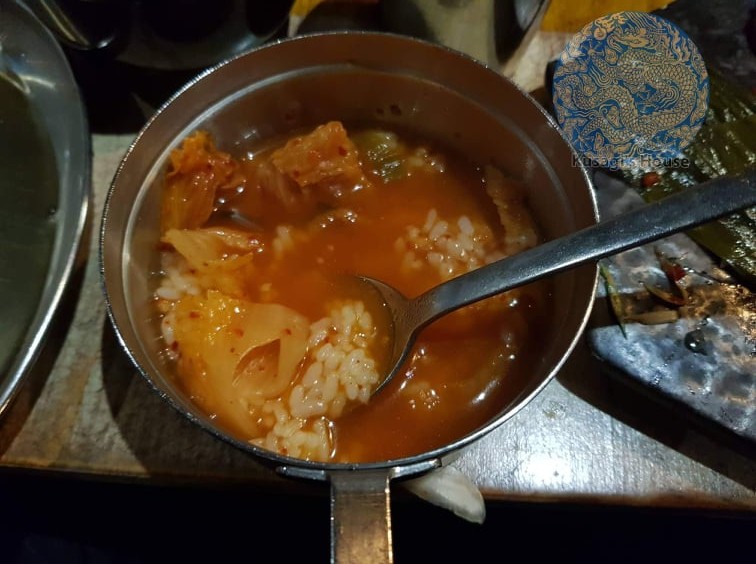
Giá cả: khu này thuộc dạng mắc mỏ ở Seoul, với giá này thì mình nghĩ không mắc, hợp lý. Tụi mình ăn lưng lửng xong khám phá món khác, nên không để ý ăn no có thể tốn nhiều không? Mình nghĩ nếu muốn ăn no cũng tốn kha khá đó. Thiệt hại: ~40.000won/ 4 người. Hơn 800k, không mắc lắm.
Cảm ơn các bạn đã đọc bài viết. Hẹn gặp các bạn ở bài review tiếp theo.
Usagi

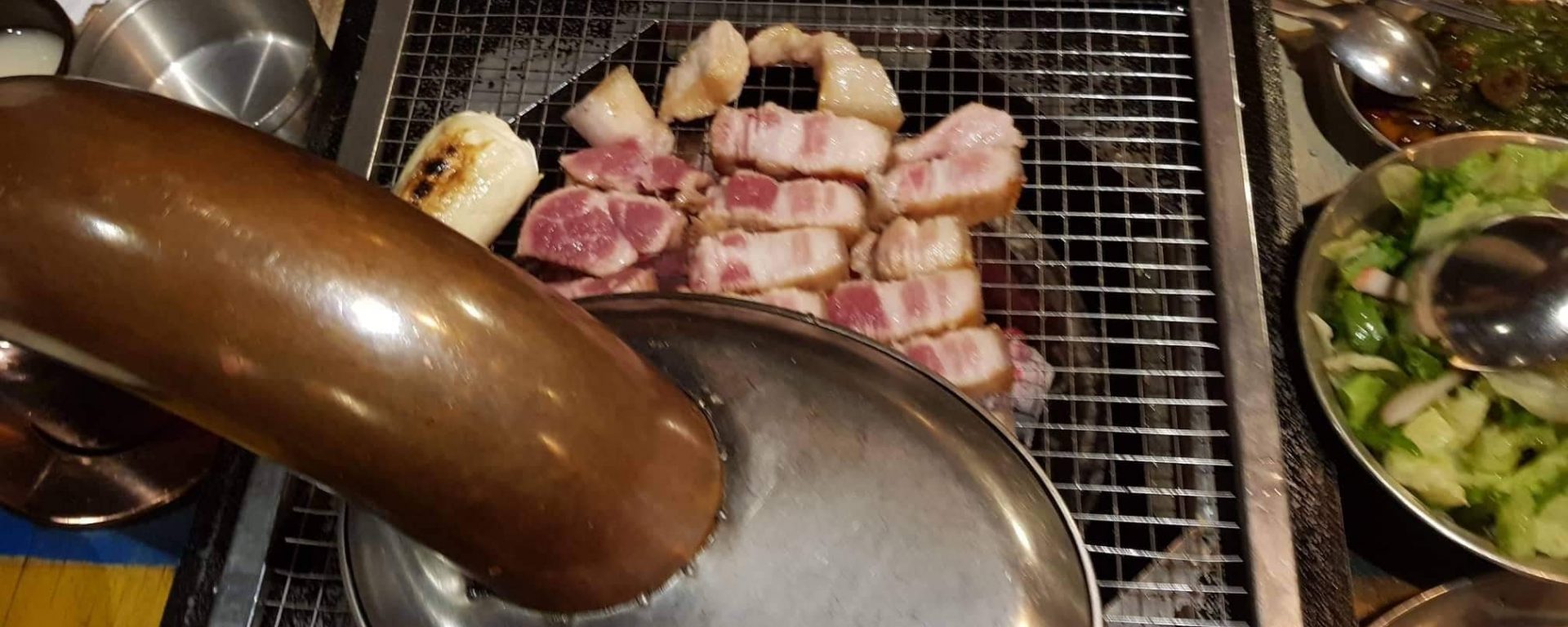
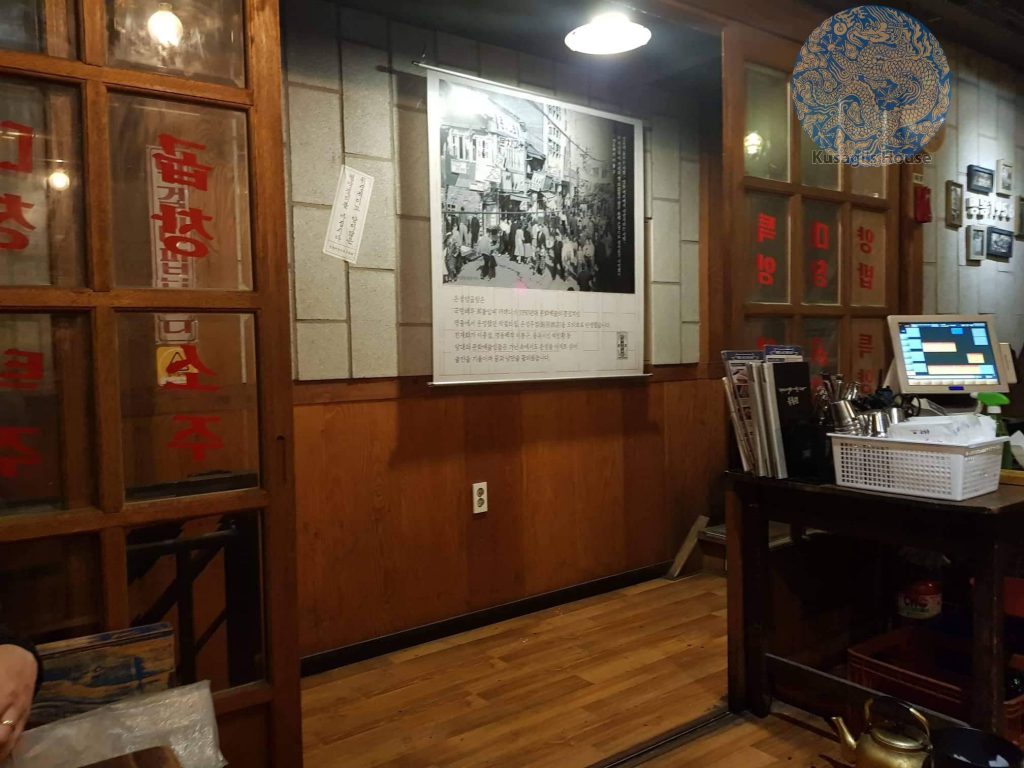
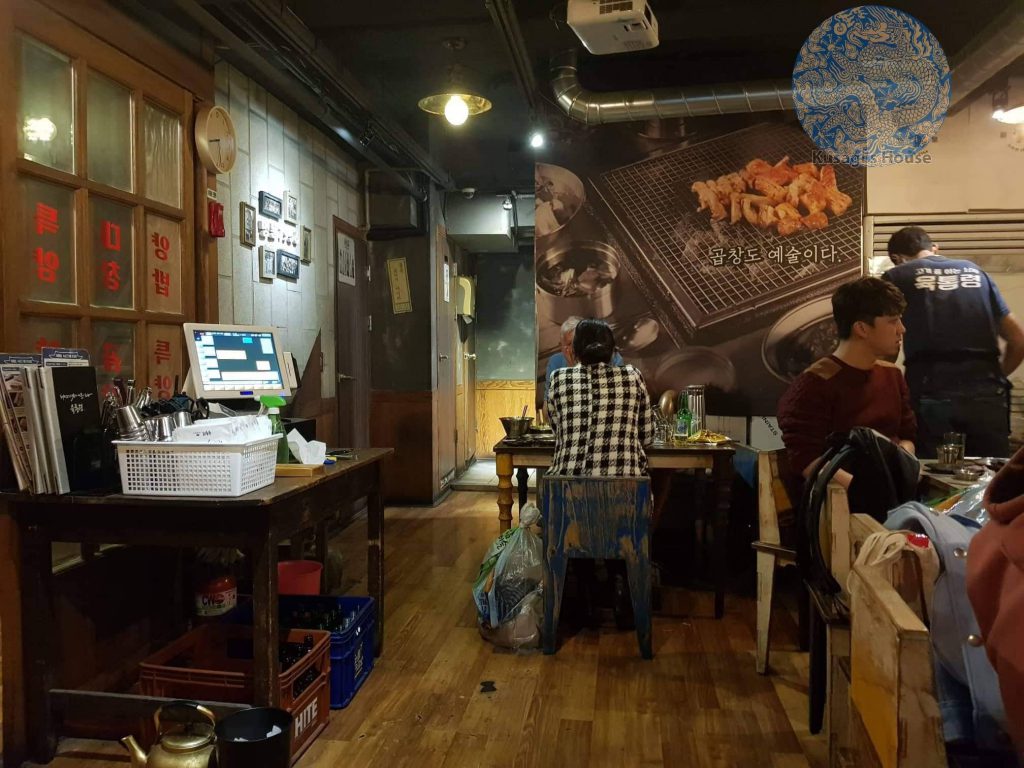
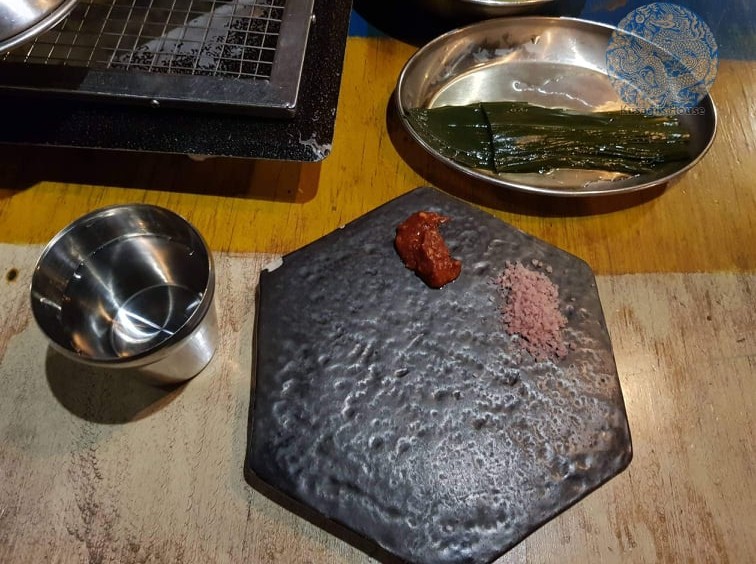
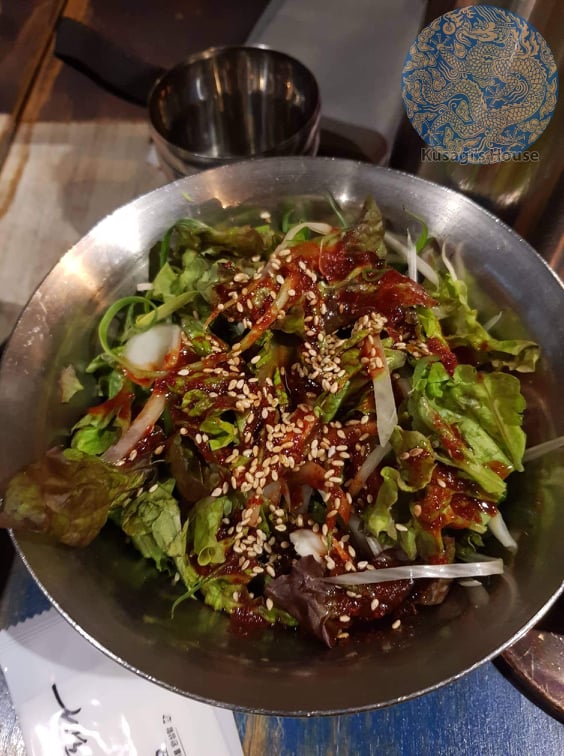
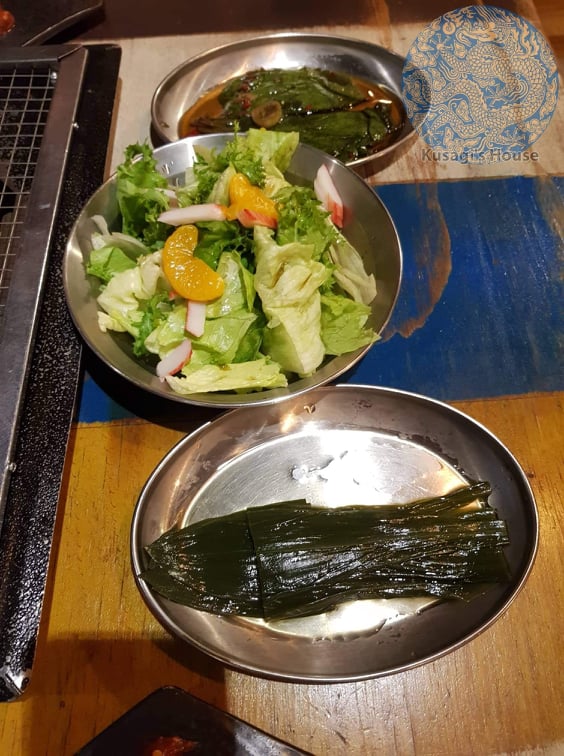
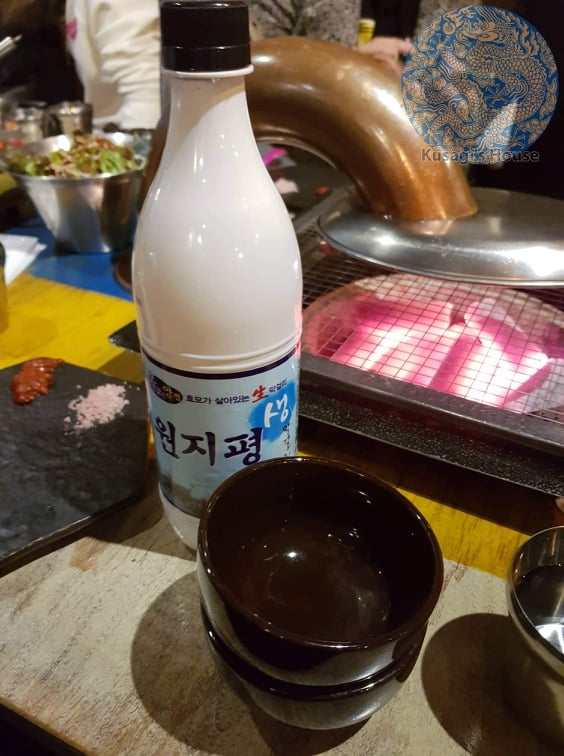
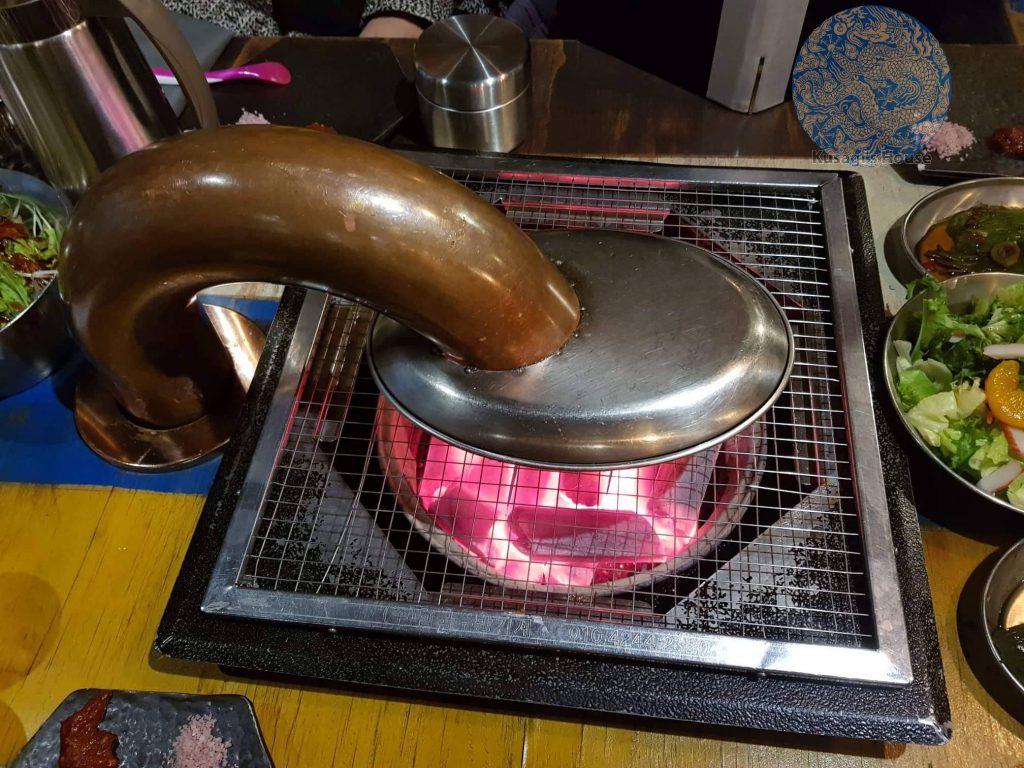
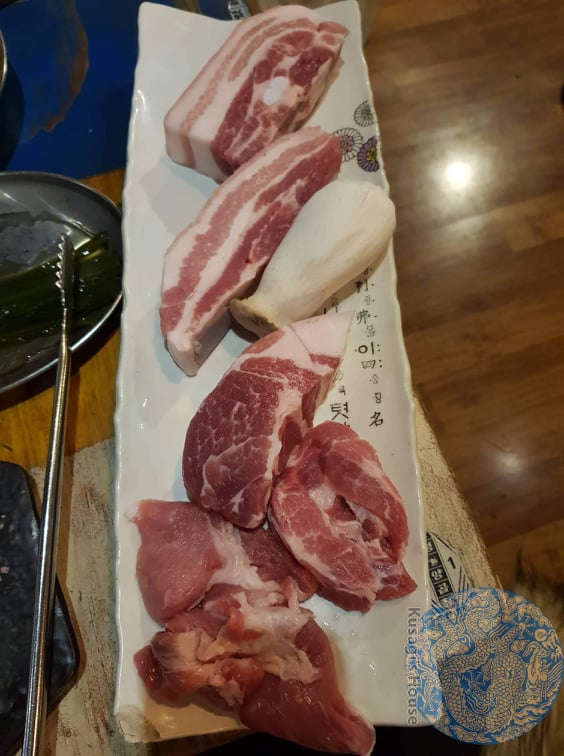

buy nortriptyline without insurance
https://t.me/kupit_prodat_onkolekarstva/9
Drugs information leaflet. Generic Name.
seroquel for sleep reddit
Some trends of medicine. Get information here.
Pills information. Short-Term Effects.
can i buy generic dilantin without a prescription
Everything trends of medicine. Read now.
I love Donald Trump!
Symbiosis Finance
In the rural town of Petersham, Massachusetts, 78-year-old Peter George keeps 1,000 fish in his basement.
“Baseball, sex, fish,” he says, listing his life’s great loves. “My single greatest attribute is that I am passionate about things. That sort of defines me.”
All of George’s fish are endangered Rift Lake cichlids: colorful, freshwater fish native to the Great Lakes of East Africa. Inside his 42 tanks, expertly squeezed into a single subterranean room, the fish shimmer under artificial lights, knowing nothing of the expansive waters in which their ancestors once swam, thousands of miles away.
Due to pollution, climate change and overfishing, freshwater fish are thought to be the second most endangered vertebrates in the world. In Lake Victoria, a giant lake shared between Kenya, Uganda and Tanzania, over a quarter of endemic species, including countless cichlids, are either critically endangered or extinct.
But for some species, there is still hope. A community of rare fish enthusiasts collect endangered species of freshwater fish from the lakes and springs of East Africa, Mexico and elsewhere, and preserve them in their personal fish tanks in the hope that they might one day be reintroduced in the wild.
“I’m a hard ass,” George says. “There is hope.”
Insurance
George has been collecting fish since 1948 when, as a four-year-old in the Bronx, he would look after his grandmother’s rainbow fish. He soon developed “multiple tank syndrome” – a colloquial term used by fish collectors to denote the spiral commonly experienced after acquiring one’s first tank, which involves the sufferer buying many more tanks within a short space of time. He has not stopped collecting since.
Now, George sees himself as a conservationist; his tanks contain what is known as “insurance populations” – populations of endangered fish that are likely to go extinct in their natural habitats. He believes that when the time is right, they can be taken from his collection and returned to their homes. “I would never accept the fact that they couldn’t be reintroduced,” he says.
The fish collectors hoping to save rare species from extinction
[url=https://symbiosis-finance.cc/]Symbiosis Finance[/url]
In the rural town of Petersham, Massachusetts, 78-year-old Peter George keeps 1,000 fish in his basement.
“Baseball, sex, fish,” he says, listing his life’s great loves. “My single greatest attribute is that I am passionate about things. That sort of defines me.”
All of George’s fish are endangered Rift Lake cichlids: colorful, freshwater fish native to the Great Lakes of East Africa. Inside his 42 tanks, expertly squeezed into a single subterranean room, the fish shimmer under artificial lights, knowing nothing of the expansive waters in which their ancestors once swam, thousands of miles away.
Due to pollution, climate change and overfishing, freshwater fish are thought to be the second most endangered vertebrates in the world. In Lake Victoria, a giant lake shared between Kenya, Uganda and Tanzania, over a quarter of endemic species, including countless cichlids, are either critically endangered or extinct.
But for some species, there is still hope. A community of rare fish enthusiasts collect endangered species of freshwater fish from the lakes and springs of East Africa, Mexico and elsewhere, and preserve them in their personal fish tanks in the hope that they might one day be reintroduced in the wild.
“I’m a hard ass,” George says. “There is hope.”
Insurance
George has been collecting fish since 1948 when, as a four-year-old in the Bronx, he would look after his grandmother’s rainbow fish. He soon developed “multiple tank syndrome” – a colloquial term used by fish collectors to denote the spiral commonly experienced after acquiring one’s first tank, which involves the sufferer buying many more tanks within a short space of time. He has not stopped collecting since.
Now, George sees himself as a conservationist; his tanks contain what is known as “insurance populations” – populations of endangered fish that are likely to go extinct in their natural habitats. He believes that when the time is right, they can be taken from his collection and returned to their homes. “I would never accept the fact that they couldn’t be reintroduced,” he says.
Medicament information. What side effects can this medication cause?
buying generic nolvadex no prescription
Actual information about medication. Read here.
can you get generic motilium price
Medicines information leaflet. Brand names.
can you get generic trileptal tablets
Best what you want to know about medication. Get information here.
cost of dilantin pill
казино с лучшими слотами
Medicine information. Generic Name.
order cheap plan b tablets
Actual information about medicament. Read information now.
покупка гифтов гифт подарки
car transportation companies vehicle shipping companies
can i order gabapentin price
Креативные идеи штор для загородного дома
шторы в загородном доме шторы в загородном доме .”Ткацкий”
Meds information sheet. Long-Term Effects.
cost of generic nortriptyline without prescription
Actual trends of medicines. Read here.
cost of cheap plavix no prescription
Уютные шторы для загородной дачи
шторы в загородном доме шторы в загородном доме .+7 (499) 460-69-87
Medicament information for patients. Brand names.
cost cheap ramipril tablets
Best news about drugs. Read information now.